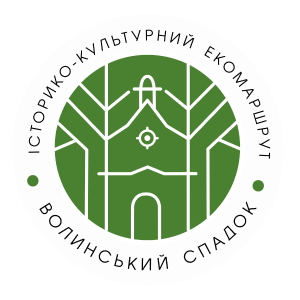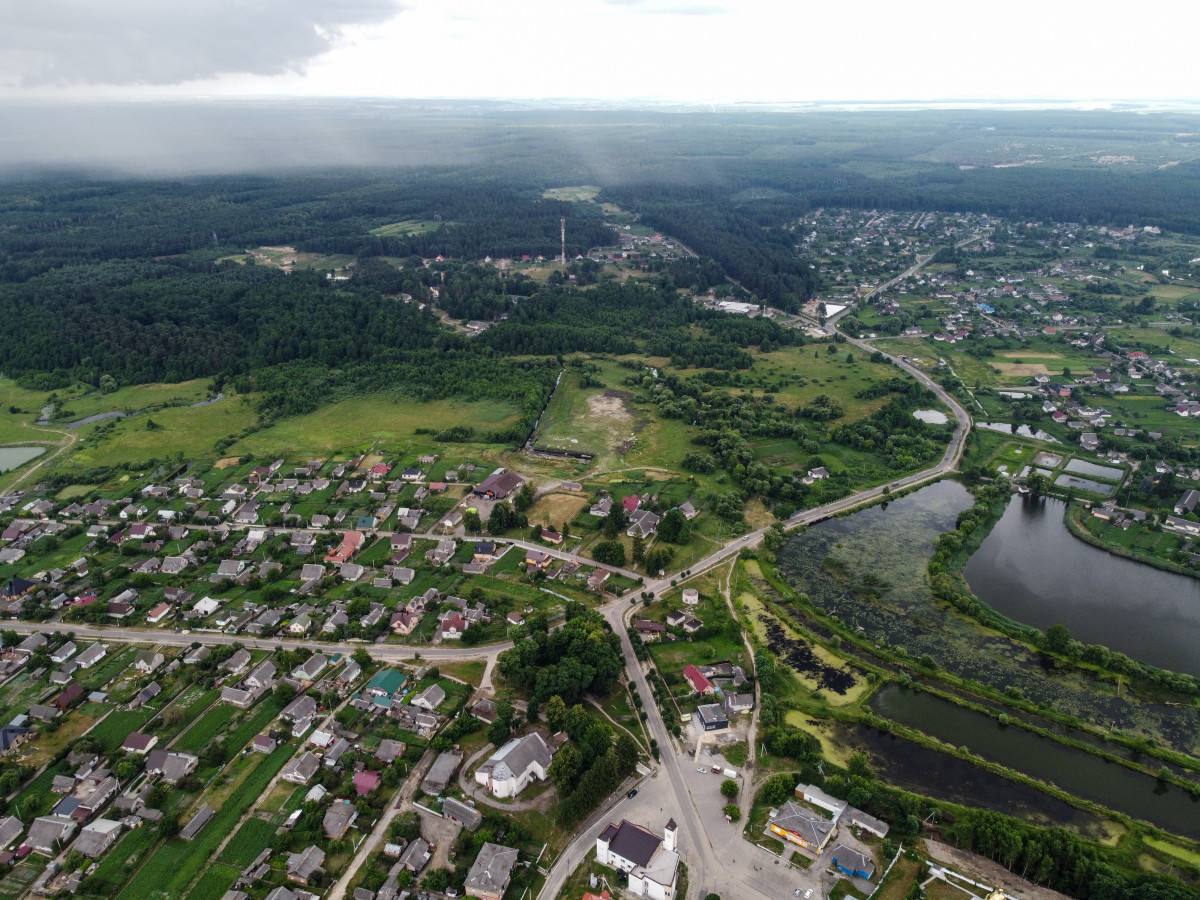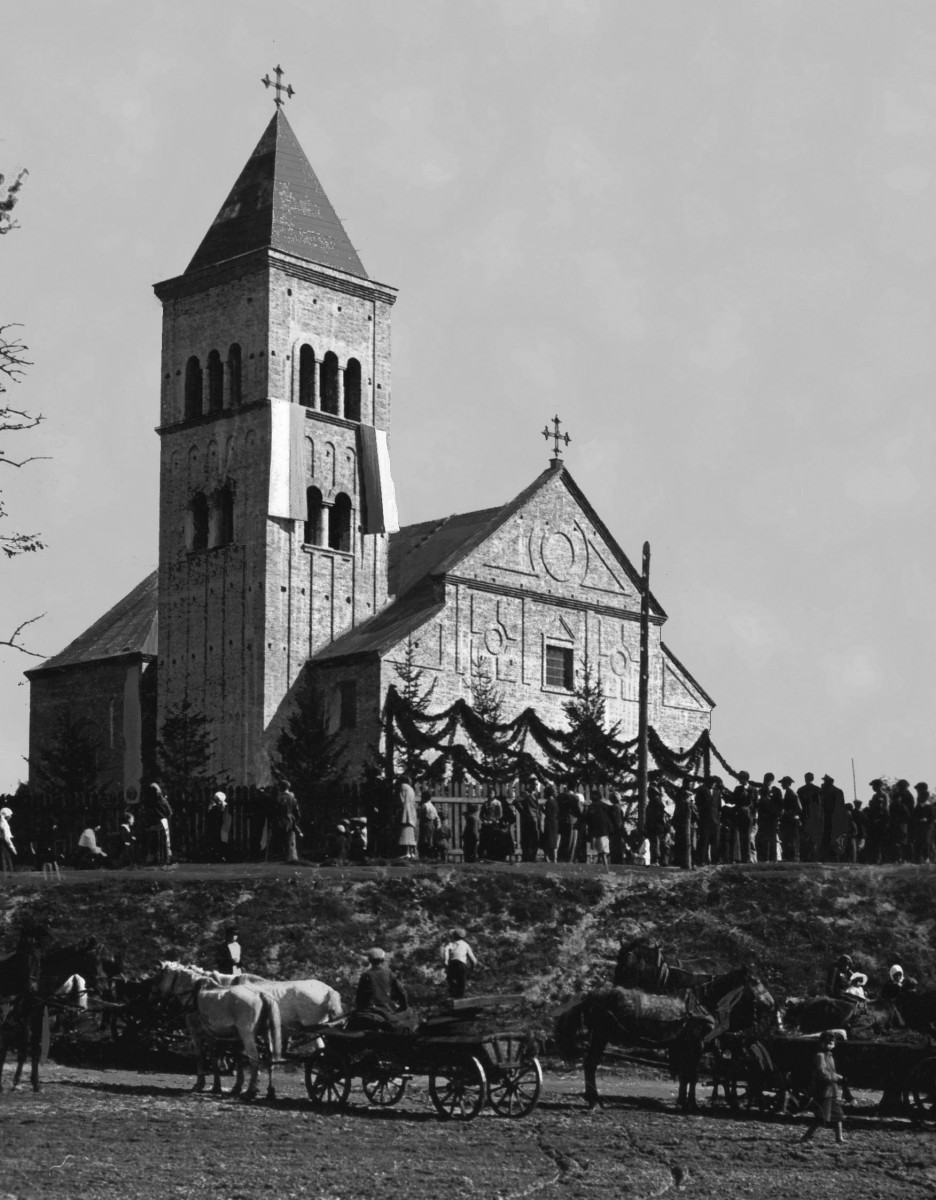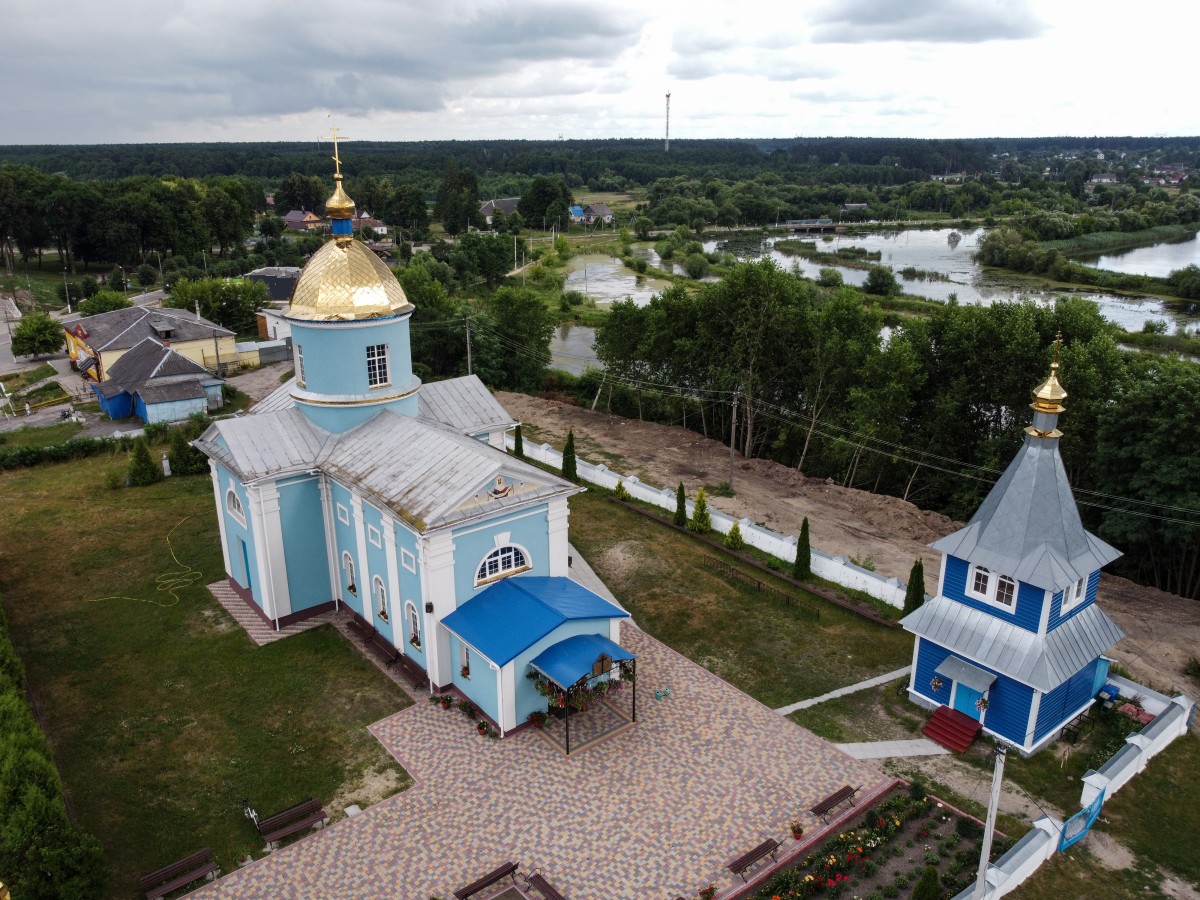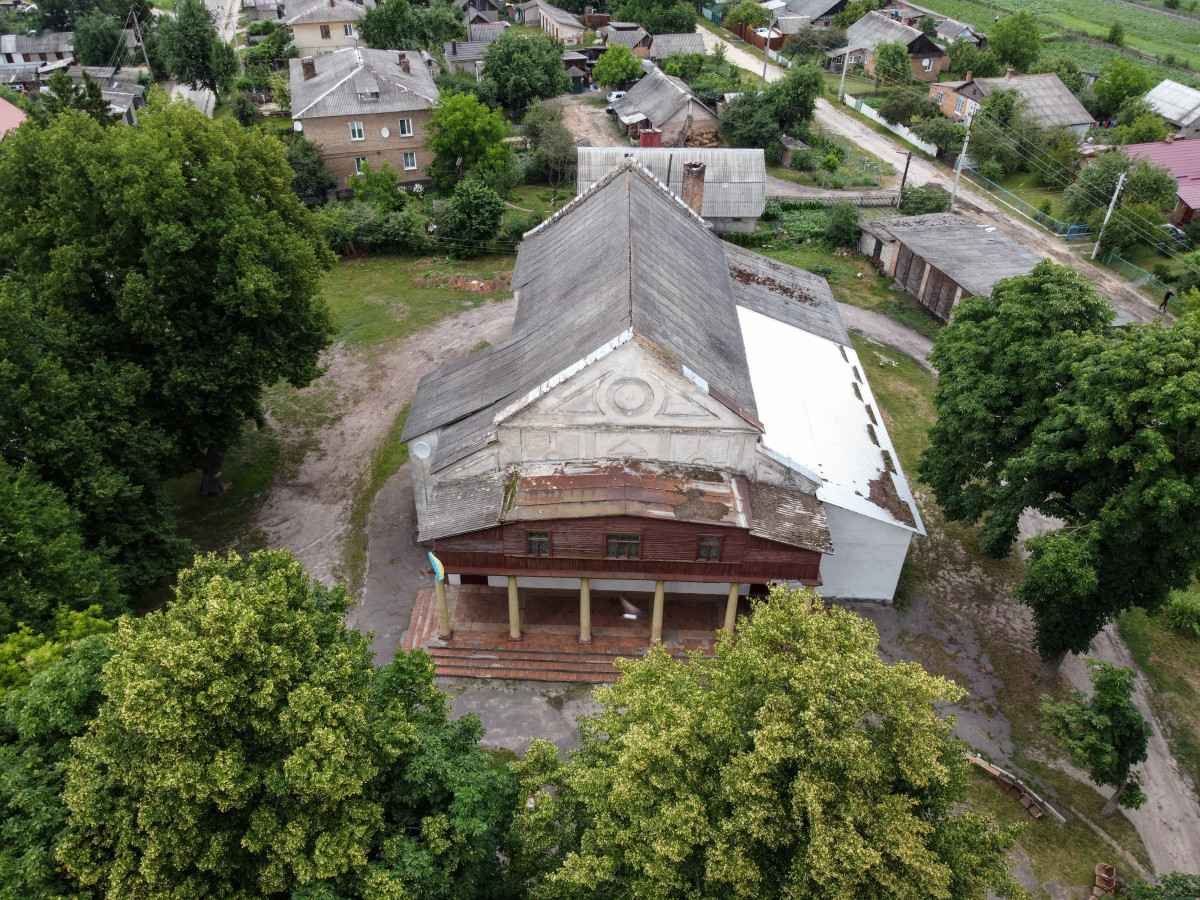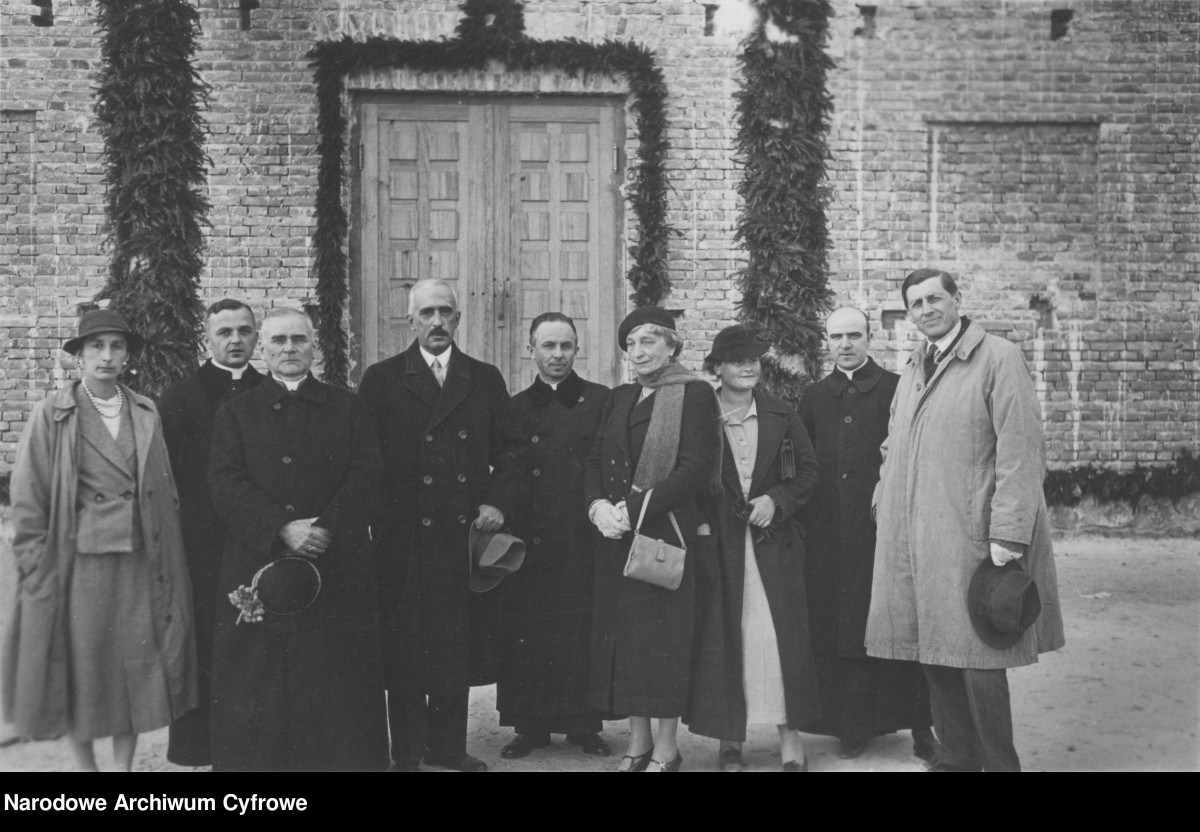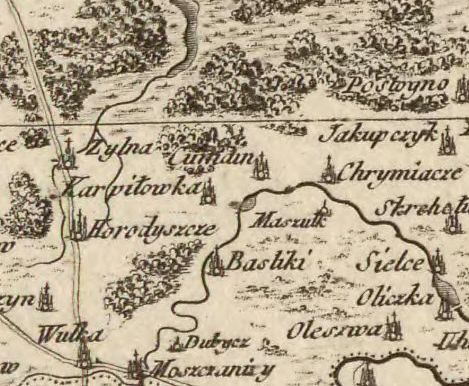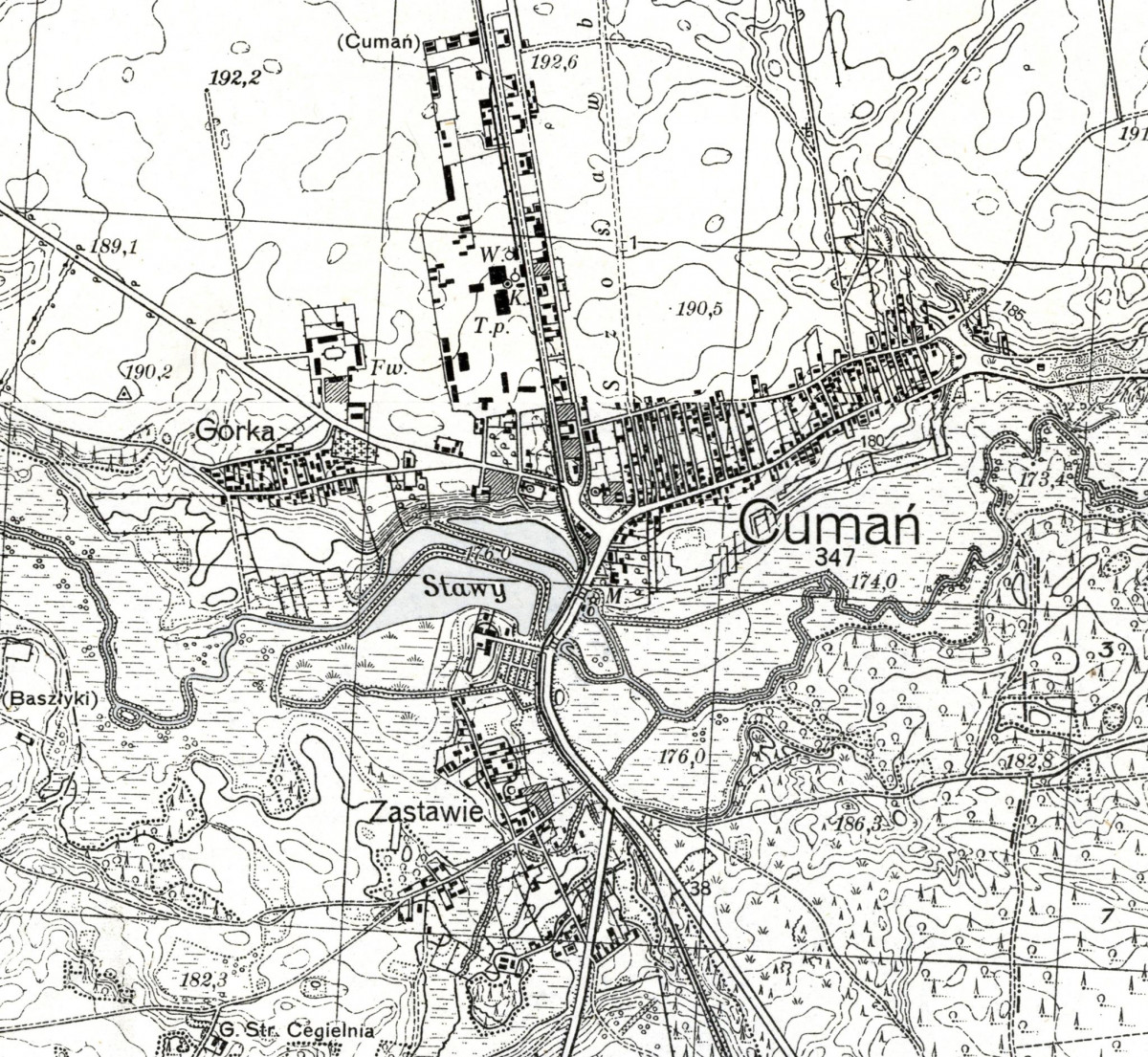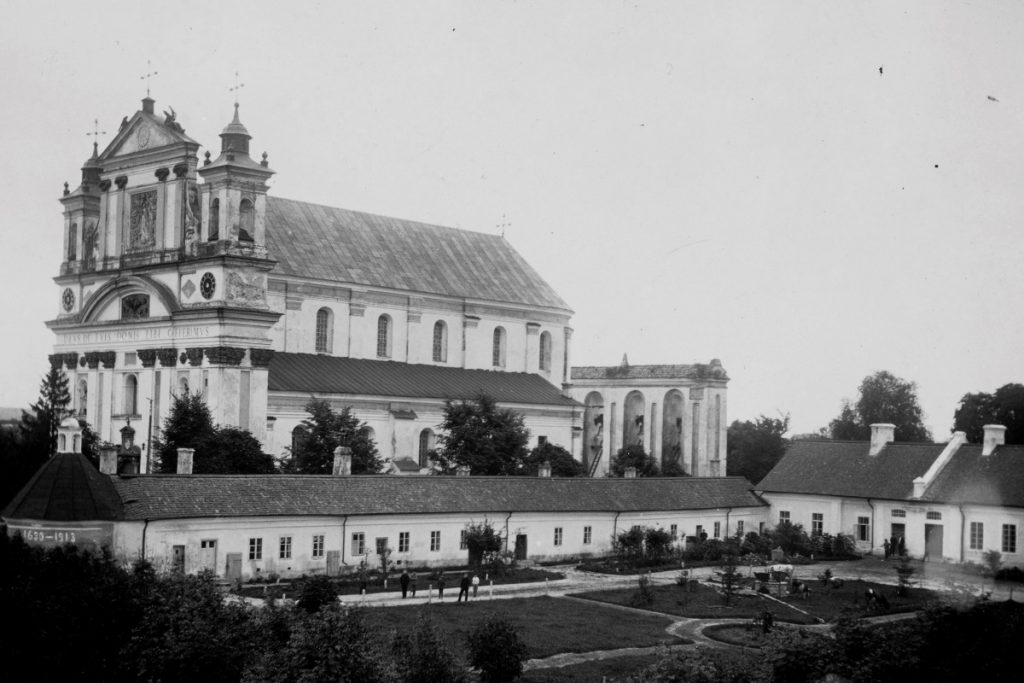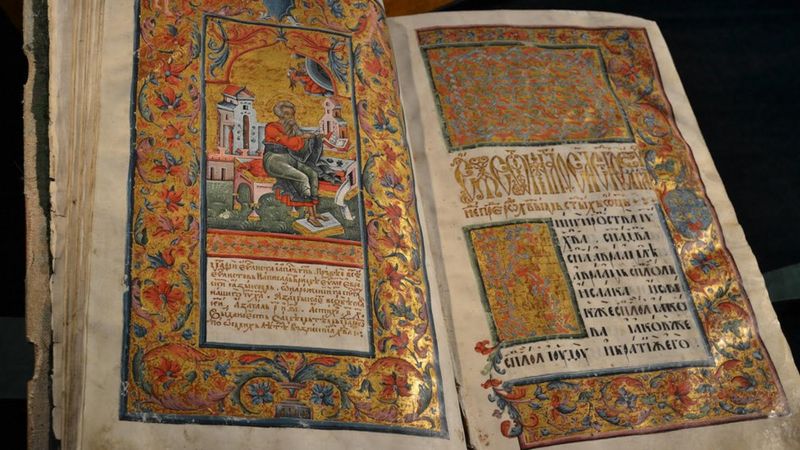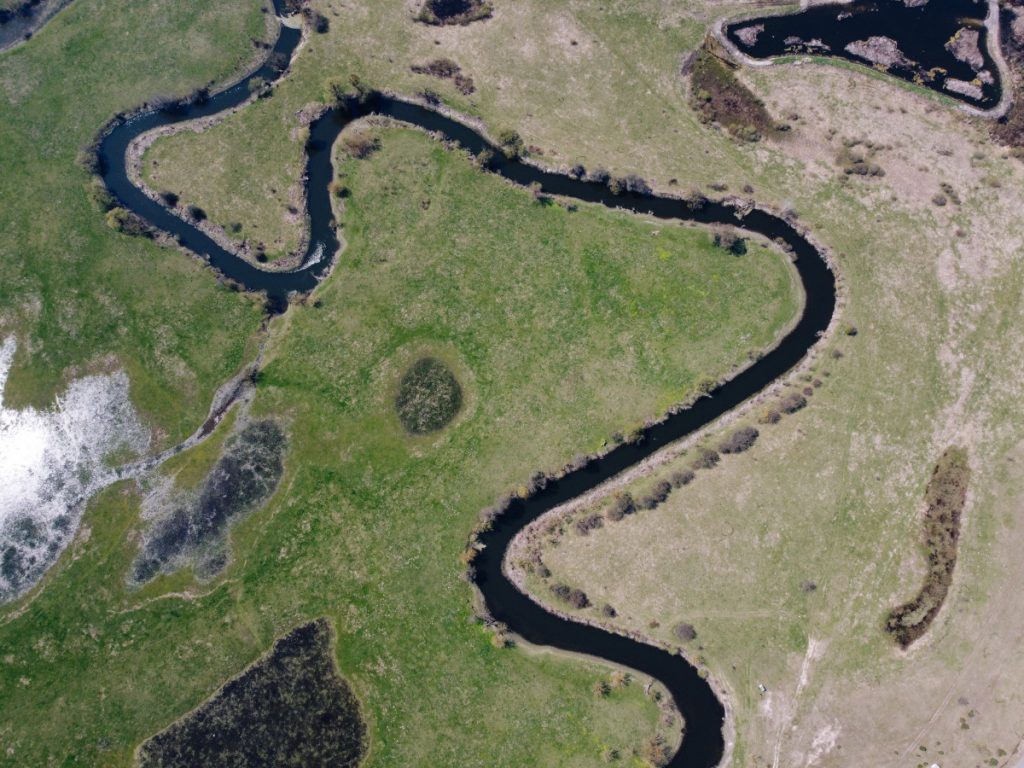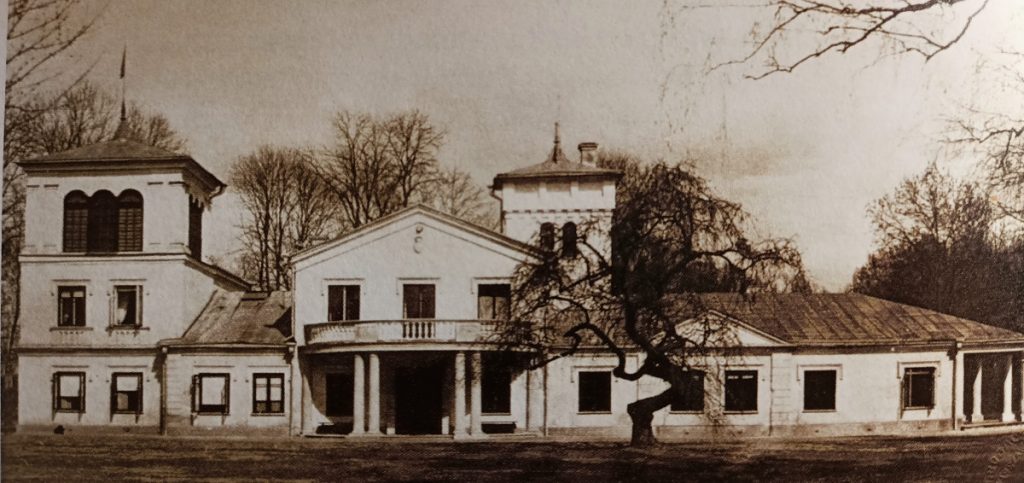Tsuman was first mentioned in historical sources in 1557.
According to one version, its name comes from the Latin “Cuman”, because of the Cumans, who might have inhabited these areas. Over time, the Latin letter “C” began to be read as “Ts” in Polish and so the modern name Tsuman appeared.
The lands around Tsuman belonged to prince Mykhailo Chortoryisky, in 1583 he gave them to Stanislav Radziwill. Administratively, the territory belonged to Olytska volost.
In the first half of the XVII century, iron ore was mined in the settlement, and in the XIX century there was a distillery.
In 1871, a railway was laid near the settlement on the line Kyiv – Brest.
With the beginning of the XIX century, wood processing production started to grow in Tsuman. In the interwar period a steam sawmill, a parquet factory, a turbine mill and a brickyard worked here.
Over time, the estate in Tsuman became the second residence of the Radziwill family, who not only hunted and rested in Tsuman Pushcha, but also received the largest income from the local economic activities.
During the First World War Tsuman was on the front line, and during the Second World War the settlement was burned by the Germans, about 300 inhabitants were shot.
The surrounding forests became a powerful base of resistance for the Ukrainian Insurgent Army.
Today, Tsuman is an urban-type settlement, the center of a united territorial community, with a population of about 7,000.
Architectural Sites of Local Significance
Church of the Intercession. This brick church was built in 1843 on the site of a burned wooden church. A wooden two-tiered bell tower was erected nearby, and the area was surrounded by a brick wall.
According to local residents, priest Hryhoriy Dashkevych took good care of the church. He was from a Cossack-Hetman family and managed to open a church-parish school here.
Cathedral of Saint Argentinus. Built in 1936 in the style of Romanesque architecture under the influence of Italian cathedrals. The church was built at the expense of prince Janusz Radziwill of Olyka.
After World War II, the Soviet occupation authorities looted the church, destroyed the bell tower, and converted the premises into a House of Culture.
Sites of the Nature Reserve Fund:
- Kivertsy National Nature Park “Tsumanska Pushcha”
- Hydrological natural site of local significance “Putylivka”
- Moshchanytskyi Forest Reserve of local significance
- Tsuman Forest Reserve of local significance.
